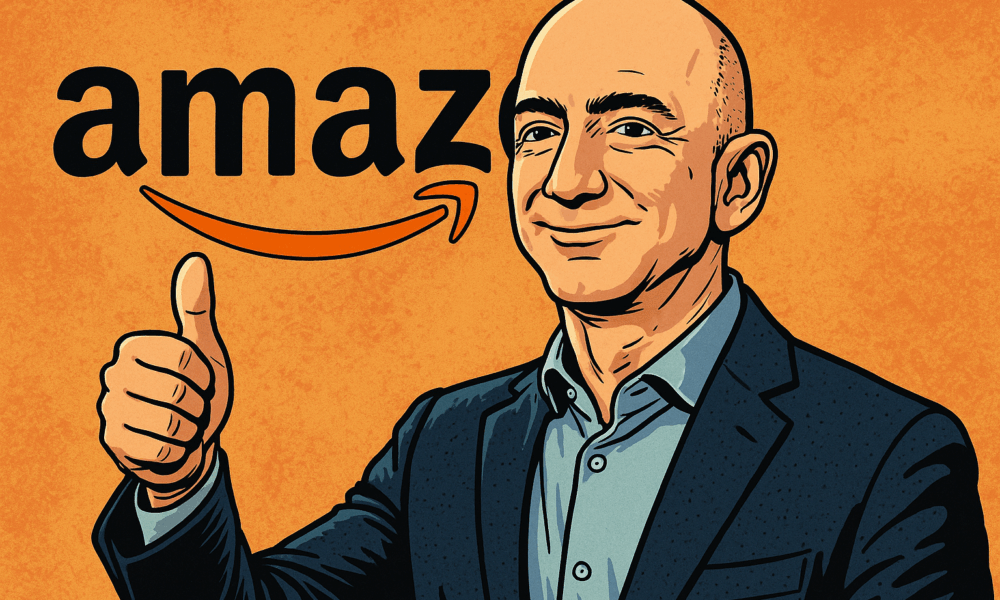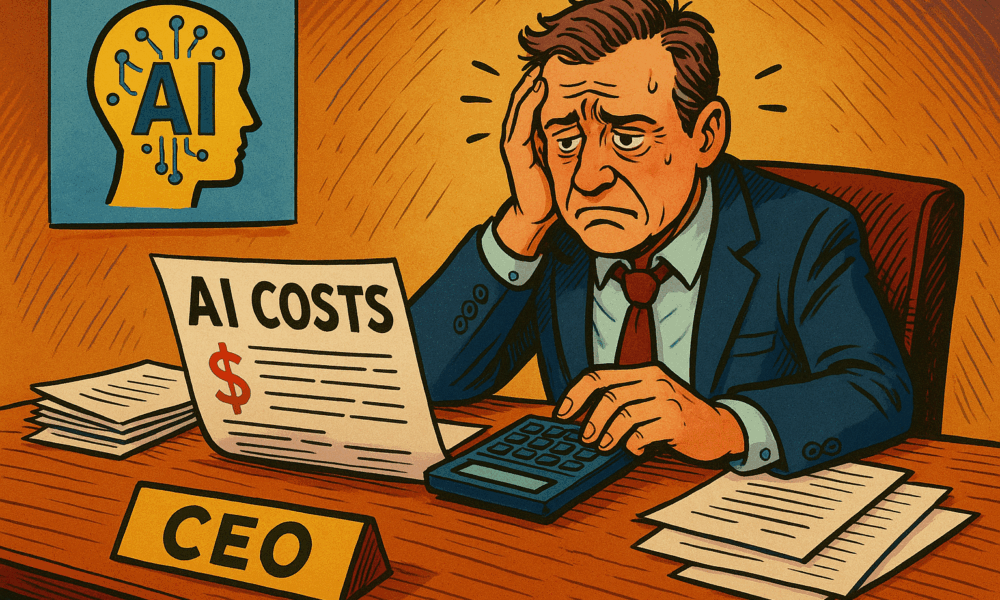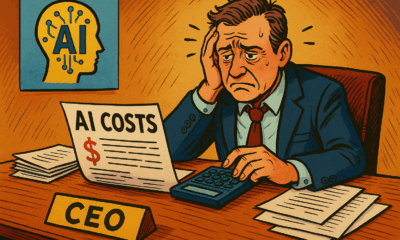


After stepping back from frontline leadership at Amazon, Jeff Bezos is re‑emerging in full force—this time as co‑chief executive of a multimillion‑dollar AI effort aimed not at...



Beyond the Headline Costs When CEOs plan for AI transformation, the budget often starts—and ends—with high-profile expenses like software licenses or flashy demos. Yet, most businesses...